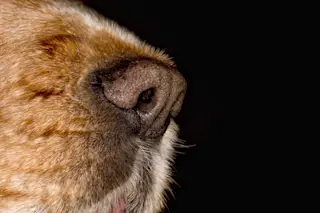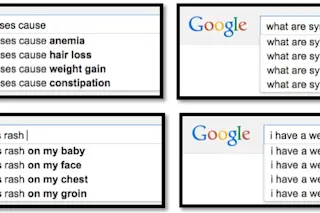What's the News: You might think that identical twins have an advantage when it comes to crime---with the same DNA, who could tell them apart? But new research with a squad of scent-trained Czech police dogs reveals that even identical twins have their own individual smells, even if they live in the same house and eat the same food. How the Heck:
Scent line-ups for identifying suspects are regularly used in the Czech Republic, Russia, Denmark, the Netherlands, and several other European countries. Trained dogs are provided with a scent from the scene of a crime and then sniff out the matching scent from sweat samples taken from suspects.
The researchers took sweat samples from two sets of identical twins and two sets of fraternal twins (whose status they verified with DNA testing), as well as plenty of samples from unrelated children. All the samples were taken in the same ...






